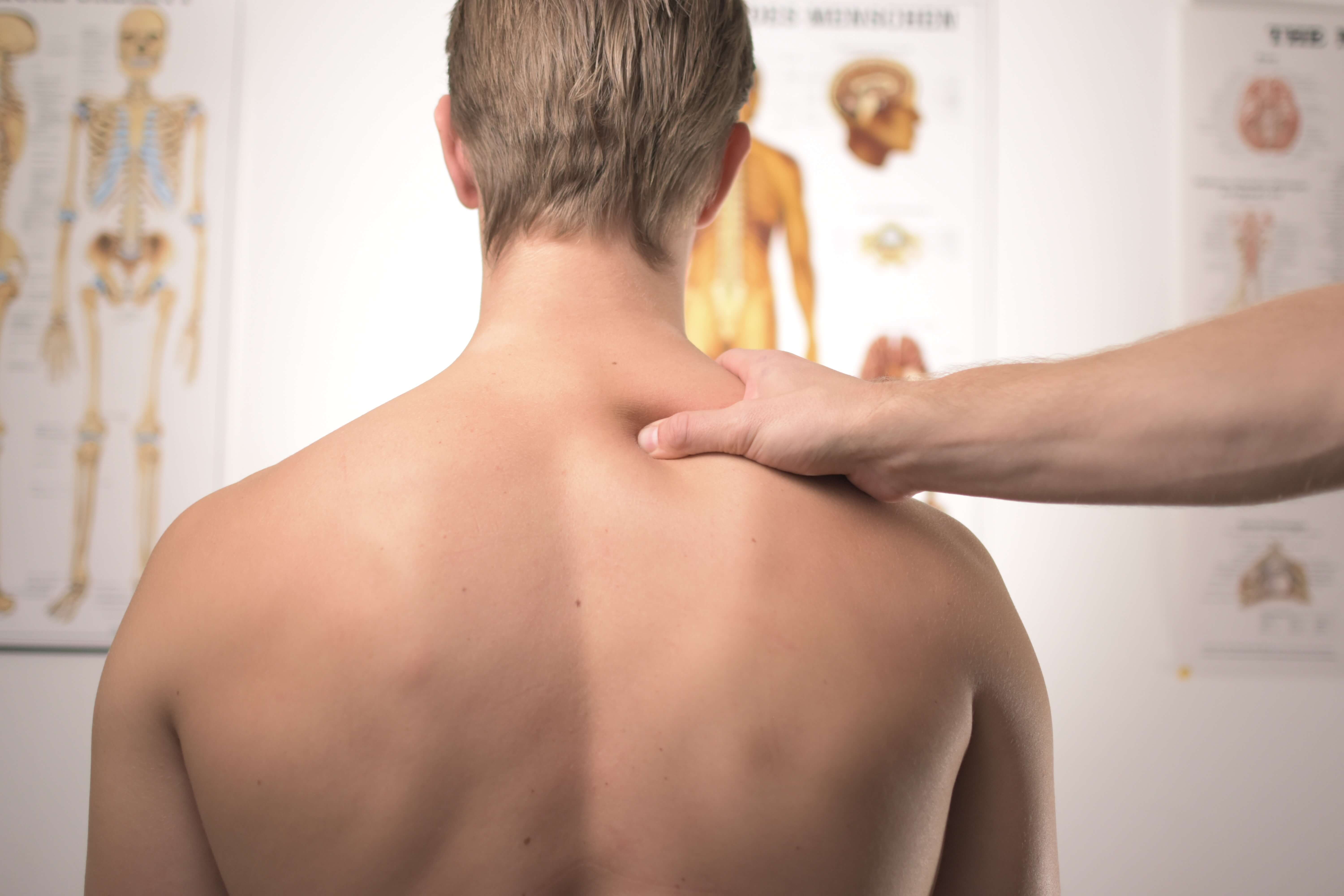Osteopathy Approach for Jaw Pain – TMJ
During your lunch or when you yawn, you feel a discomfort on your jaw, a little ‘clock’ when you open or close your mouth ? And that will be pass ? But after few days is still here and it worst ? It’s maybe a Temporal Mandibular Joint (TMJ) Syndrome.
Symptoms
- Pain and tenderness on palpation in the muscles of mastication
- Pain and tenderness on palpation of the joint itself
- Limited range of mandibular movement
- Clicking and popping when you open/close your mouth
- Pain when yawning, chewing or biting
Different causes
How Osteopathy can help you ?
An Osteopathic approach includes the evaluation and potentially, treatment of the whole body. During the session he will focus on finding areas of your body (head, neck, back and shoulders) that affect your jaw.
This work is important because if your osteopath takes care of only your jaw, the tensions around, whether the cause or the consequence, will cause other pain.
Osteopath has few gentle techniques to release soft tissues, including the muscles, ligaments and fascia around your jaw. We never use adjustment to crack a jaw, just because it’s not necessarily useful.

And this, even if your jaw is totally blocked. The goal is to work on the joint itself and mainly on your meniscus to relax and soften it. There is also a lot of work done on your skull.
Collaboration with others therapist can be helpful too. Your osteopath will be able to refer you to a specialist should there be further assistance required (for example GP or a dental/TMJ specialist).
How many sessions does it take ?
Your osteopath will be able to answer this question more precisely by having received you in consultation. Indeed the number of sessions in you will need will depend entirely on the condition of your jaw joint.
Références
Reported concepts for the treatment modalities and pain management of temporomandibular disorders
The authors concluded that conservative treatment including counselling, exercises, occlusal splint therapy, massage, manual therapy and others should be considered as a first choice therapy for TMD pain because of their low risk of side effects. In the case of severe acute pain or chronic pain resulting from serious disorders, inflammation and/or degeneration pharmacotherapy, minimally invasive and invasive procedures should be considered.
Osteopathic manual therapy versus conventional conservative therapy in the treatment of temporomandibular disorders
The two therapeutic modalities had similar clinical results in patients with TMD, even if the use of medication was greater in CCT group. Our findings suggest that OMT is a valid option for the treatment of TMD.
Manual therapy improved signs and symptoms of temporomandibular disorders.
There is widely varying evidence that MT improves pain, MMO and PPT in subjects with TMD signs and symptoms, depending on the technique. Further studies should consider using standardised evaluations and better study designs to strengthen clinical relevance.
This information is not intended to replace the advice of a medical healthcare professional.






